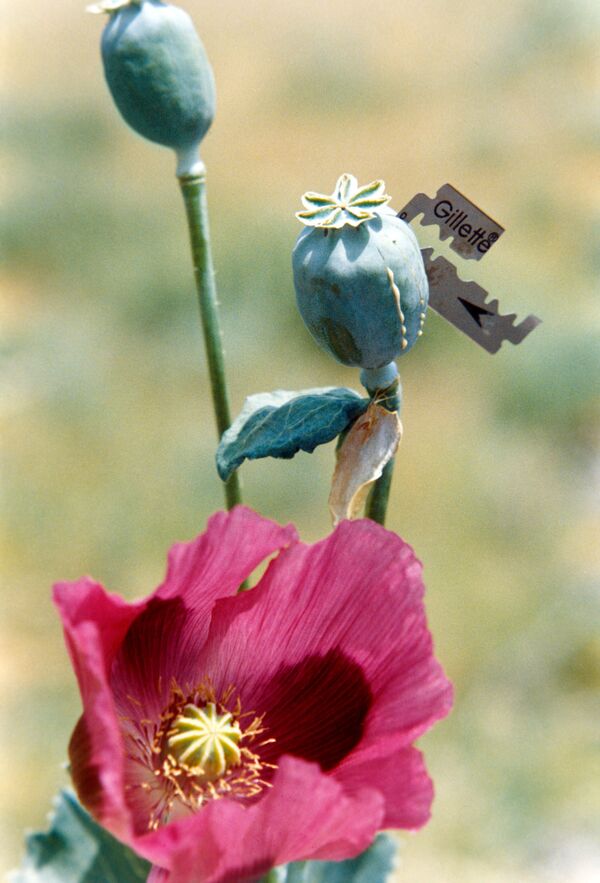WASHINGTON, October 22 (RIA Novosti) - Despite spending over $7.6 billion of taxpayer money on counternarcotics efforts in Afghanistan, opium poppy cultivation reached its highest levels in 2013, according to an October report from John F. Sopko, Special Inspector General for Afghanistan Reconstruction (SIGAR).
“Despite spending over $7 billion to combat opium poppy cultivation and to develop the Afghan government’s counternarcotics capacity, opium poppy cultivation levels in Afghanistan hit an all-time high in 2013,” said Sopko in a report, addressed to the heads of the US State Department, Department of Defense, Department of Justice, and USAID.
Citing figures from the United Nations Office on Drugs and Crime (UNODC), he continued that “the avalue of the opium and its derivative products produced in Afghanistan was nearly $3 billion in 2013, up from $2 billion in 2012. This represents an increase of 50 percent in a single year.”
The US government is moving toward a substantial troop reduction by the end of 2014. According to statements from the White House, US troops levels will drop to 9,800 by the end of the year, and down to roughly half that number by the end of 2015. The strategy has been challenged by some at the Pentagon, who see the need for a greater troop presence.
Prior to this October, Sopko warned in a January 2013 Senate hearing that the resurgent opium cultivation meant the United States could lose 12 years of counternarcotics efforts and nearly $10 billion total in American counternarcotics investments in the country since 2002. His figures combined $7 billion in explicit counternarcotics programs and $3 billion in agriculture stabilization, aimed at countering opium cultivation.
In his Senate testimony he warned, “[The] expanding cultivation and trafficking of drugs is one of the most significant factors, putting the entire US and international donor investment in the reconstruction of Afghanistan at risk.” He continued that “all of the fragile gains” made over more than a decade “are now, more than ever, in jeopardy of being wiped out by the narcotics trade.”
In its official response to the concerns raised by the SIGAR, the State Department (Embassy Kabul) noted that they were “making good progress” and “seeing results” in their counternarcotics programs and “building the capacity of our Afghan partners to design, lead, manage, and sustain over the long term strategic and tactical counternarcotics efforts.”
Currently Afghanistan still accounts for well over 80 percent of the opium supply for the world comes from Afghan poppy fields, resulting in devastating drug addiction and international crime.


